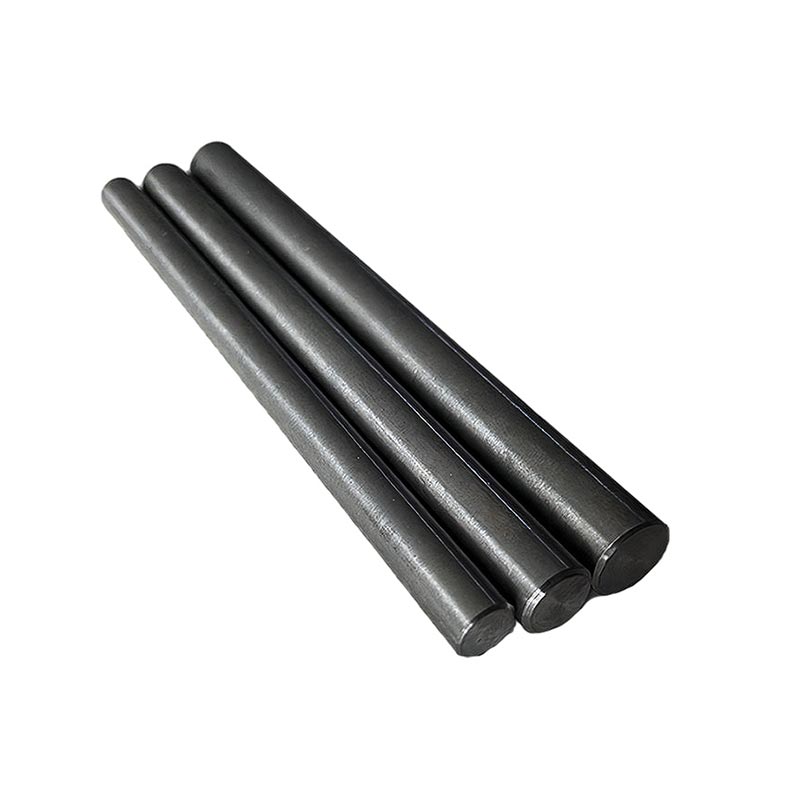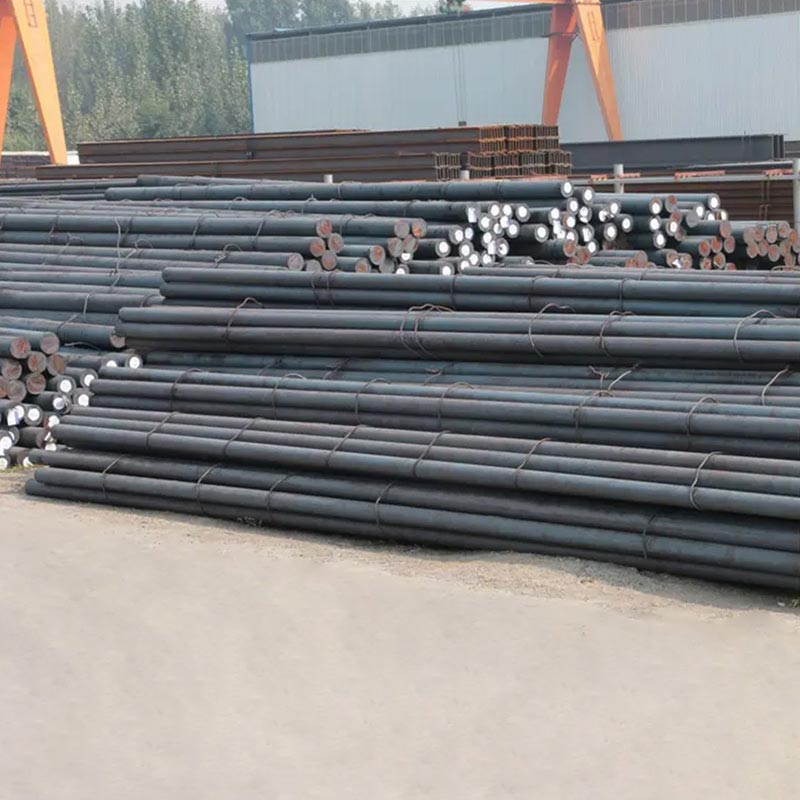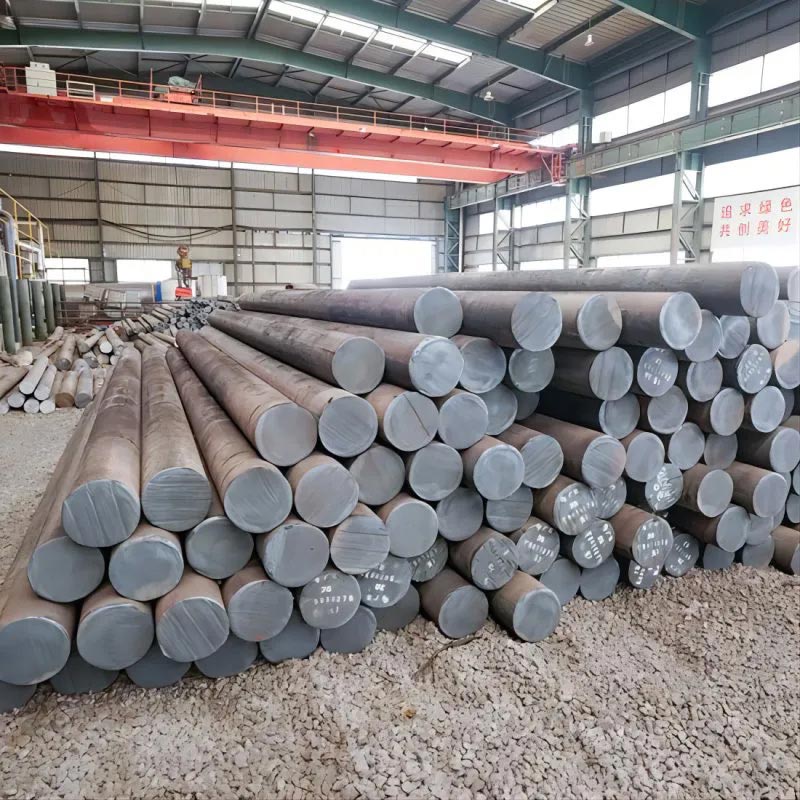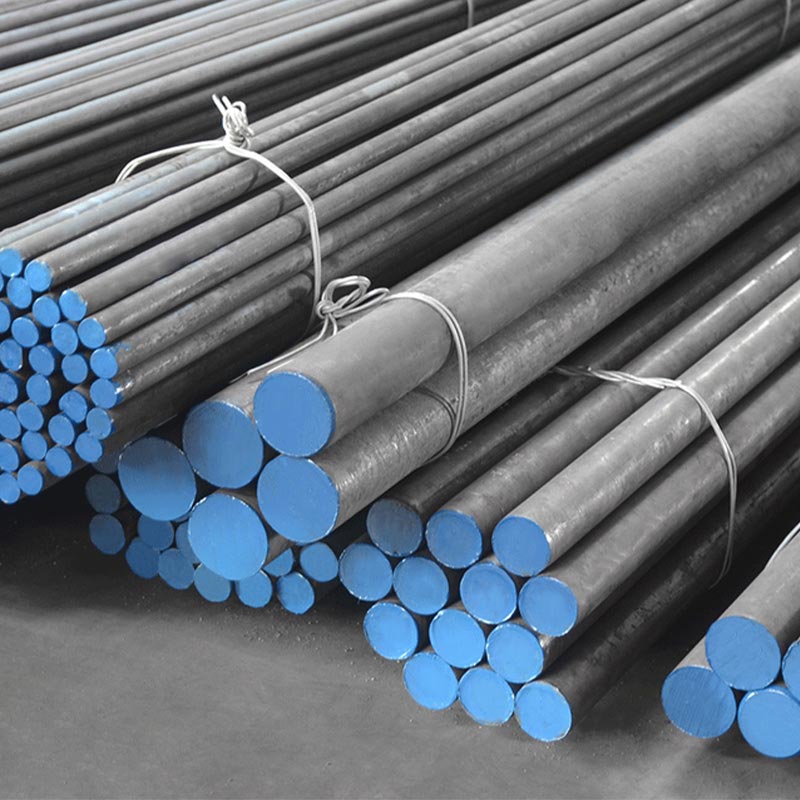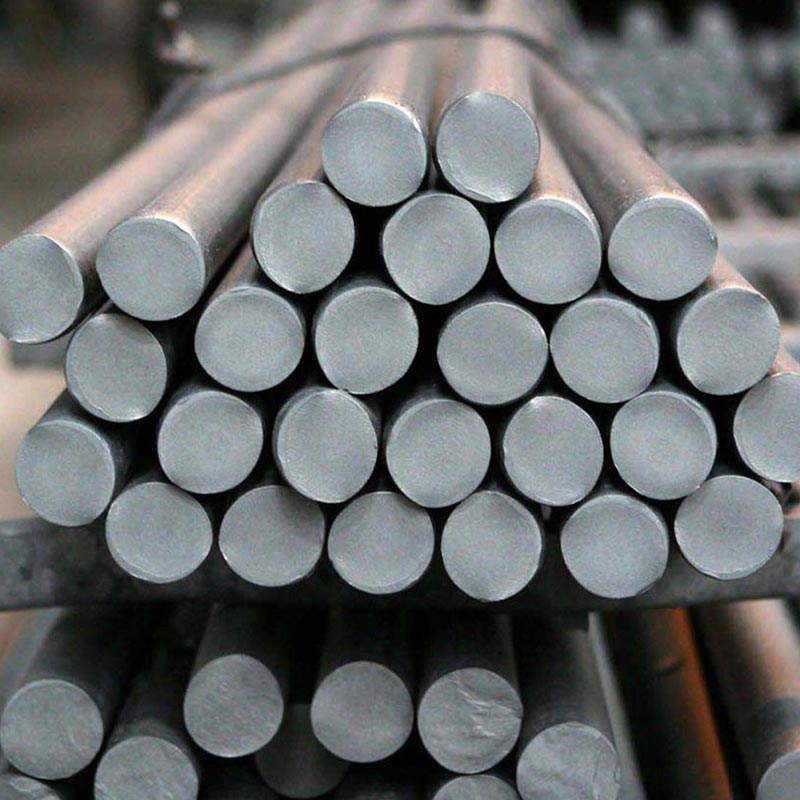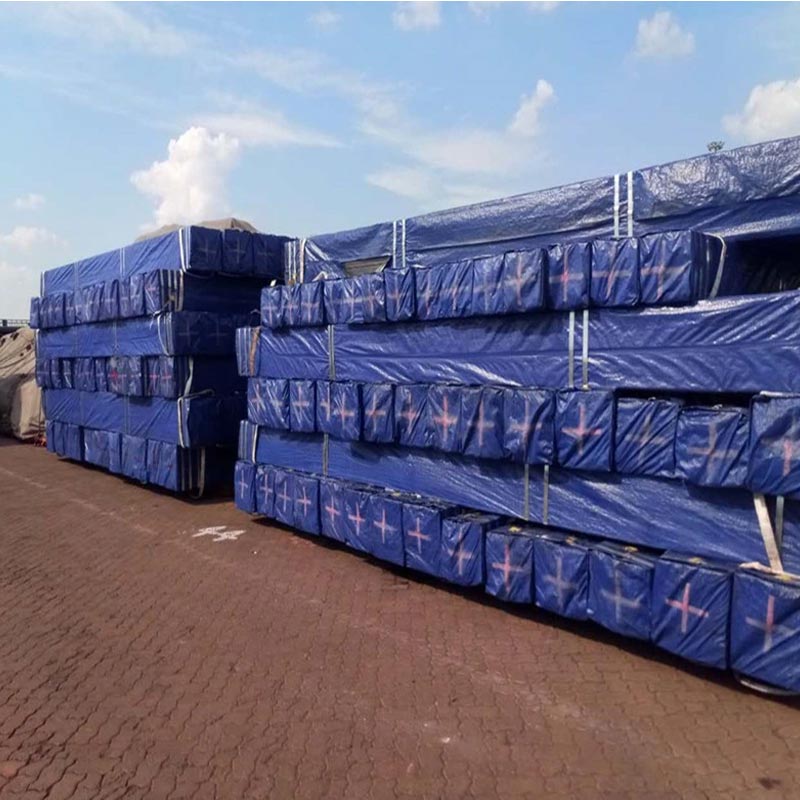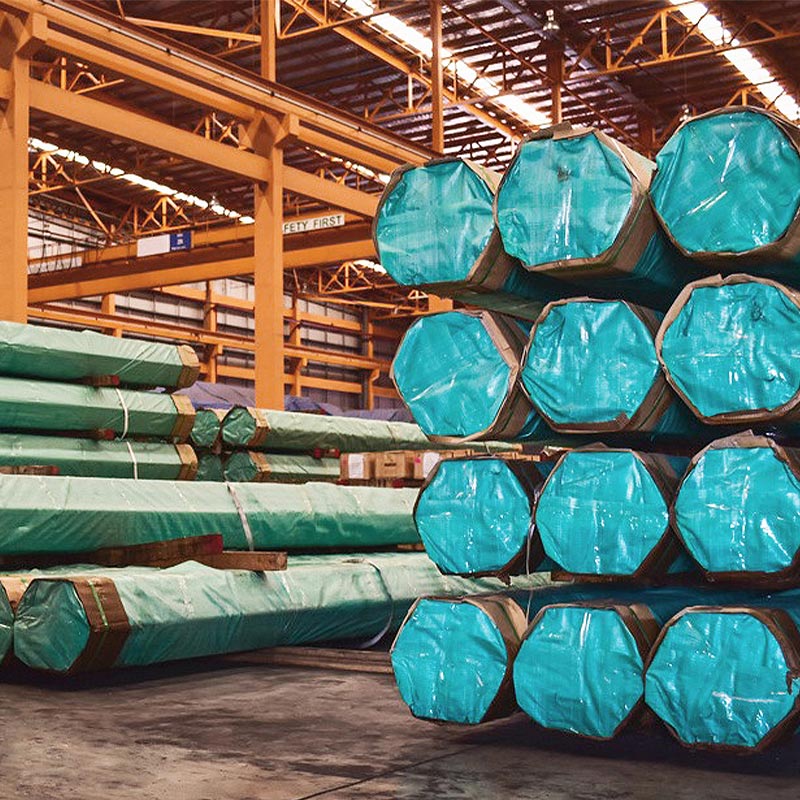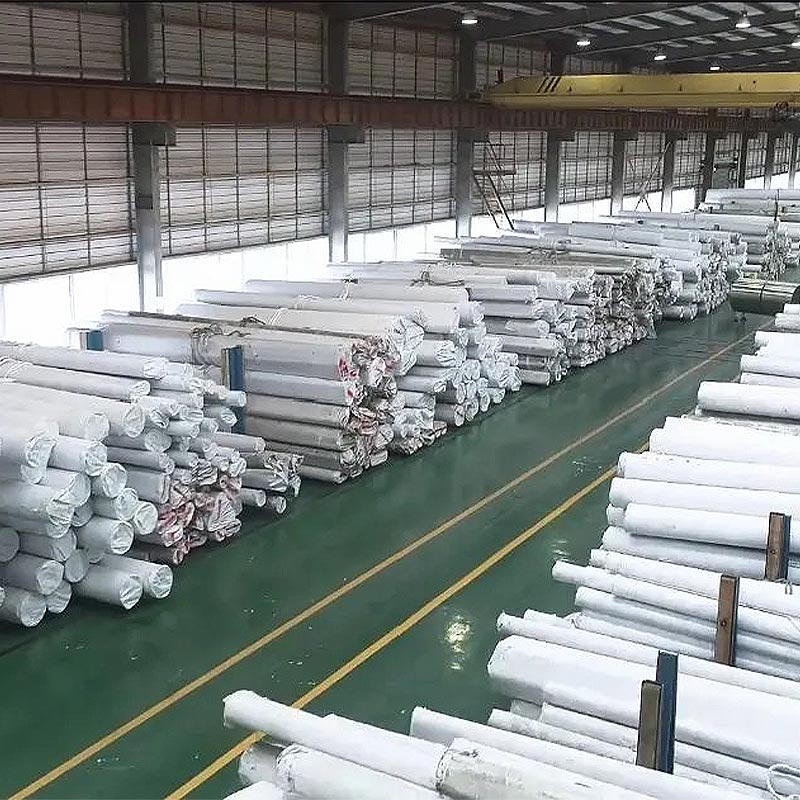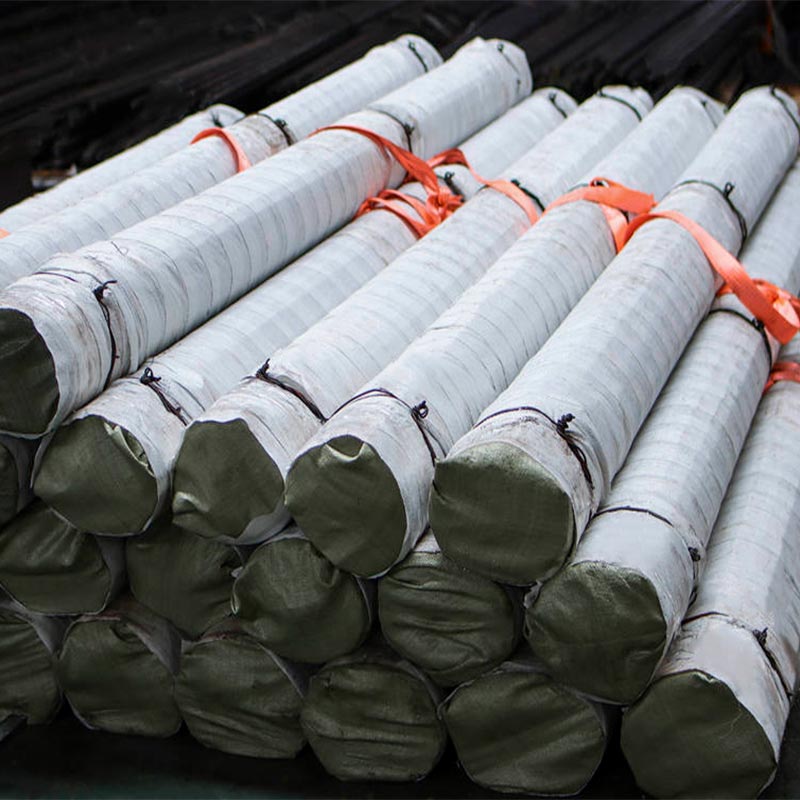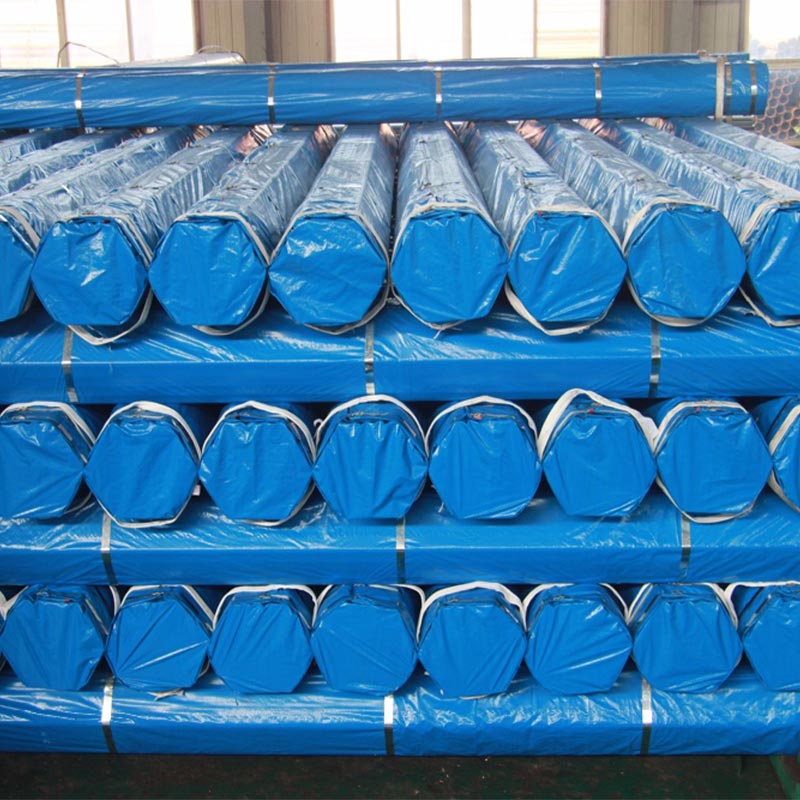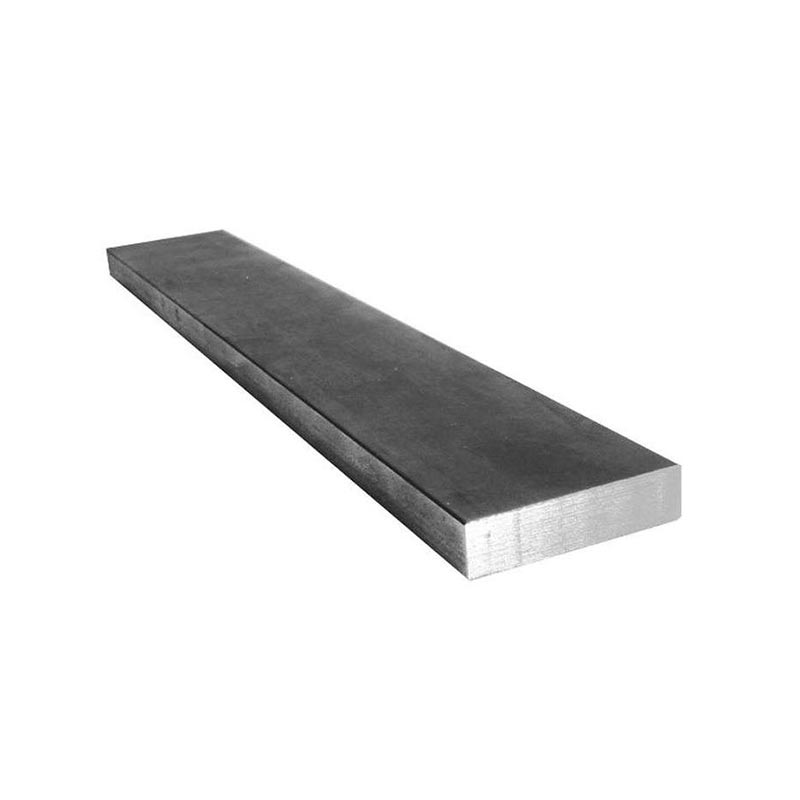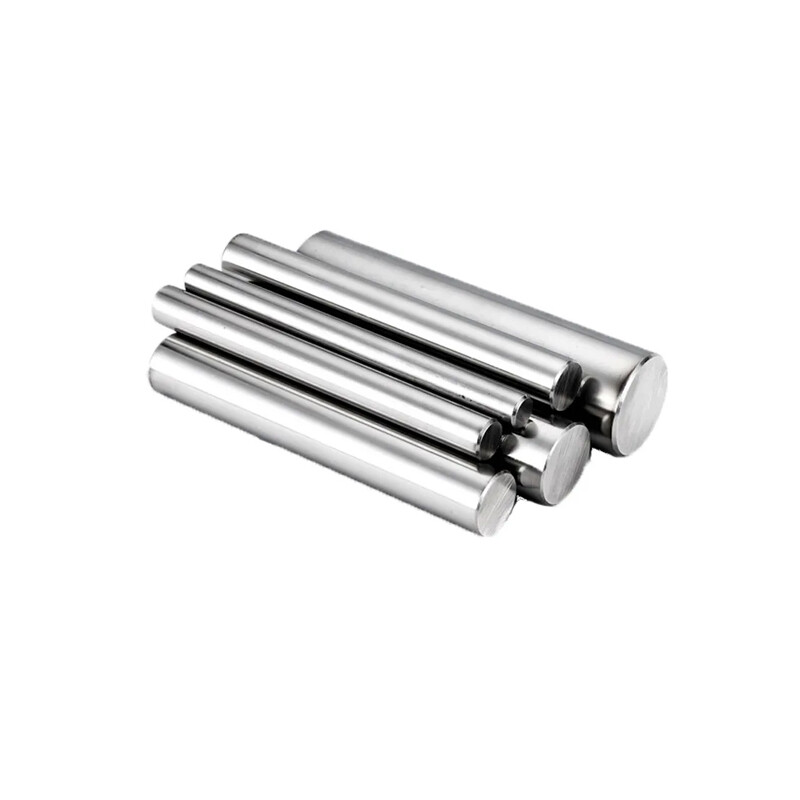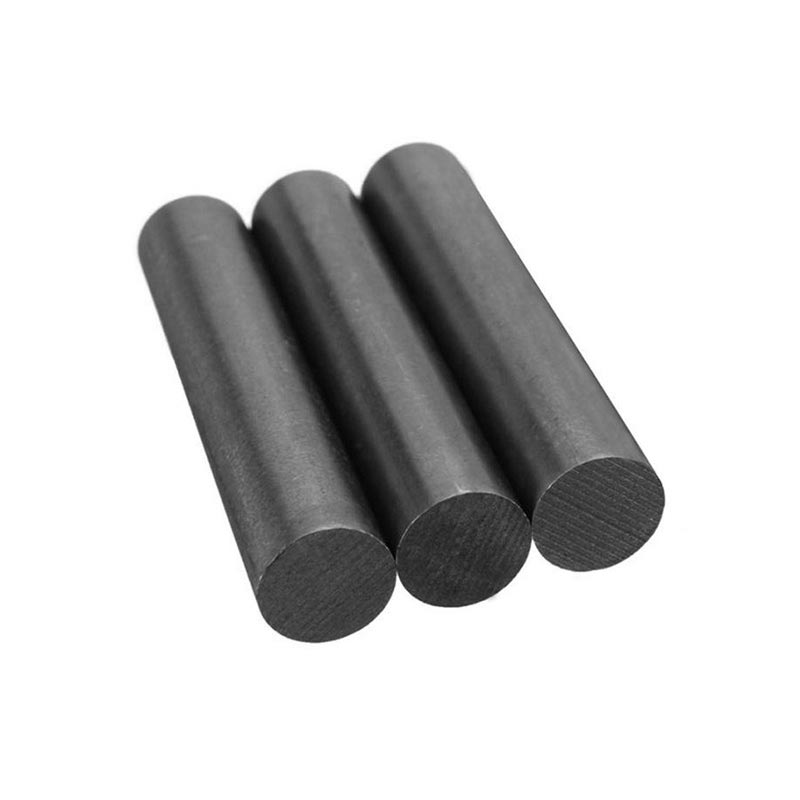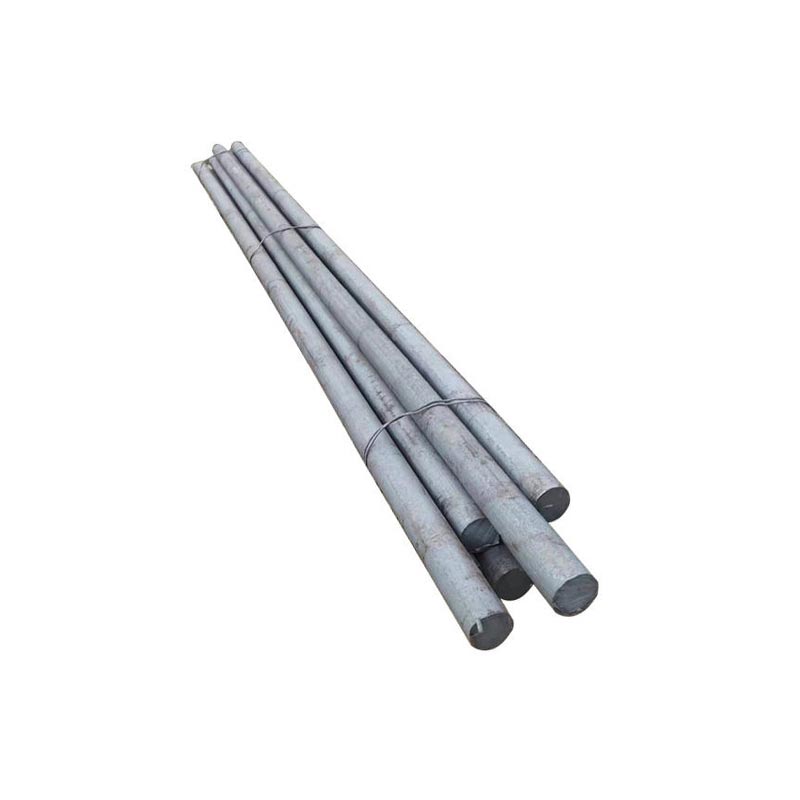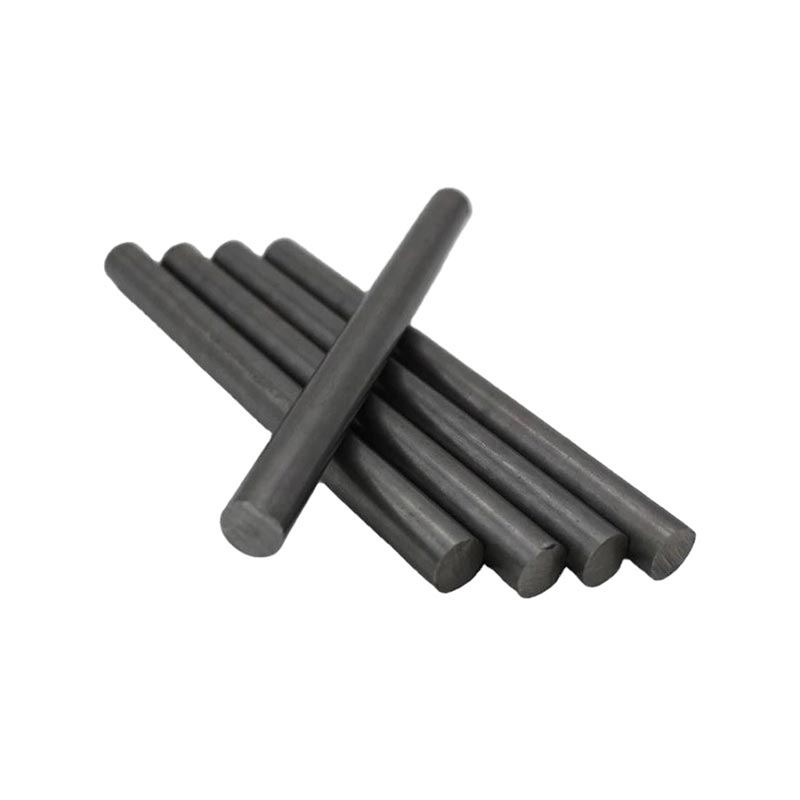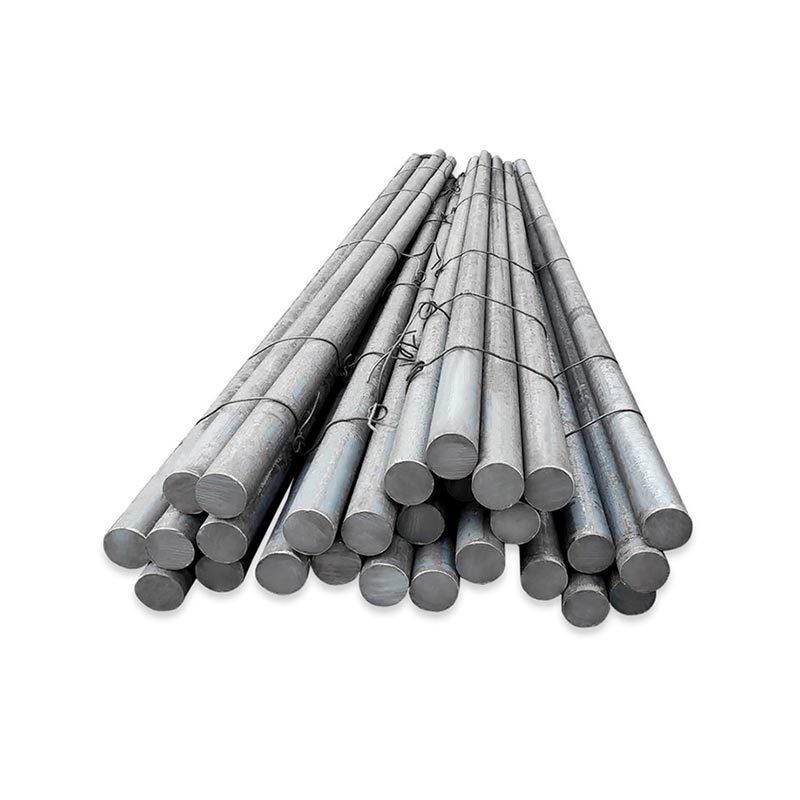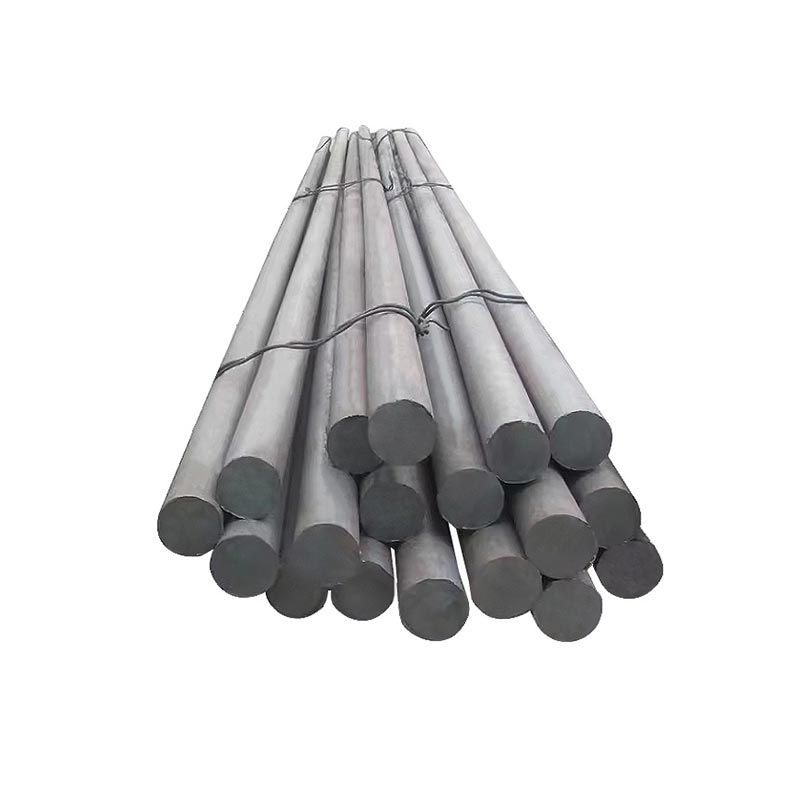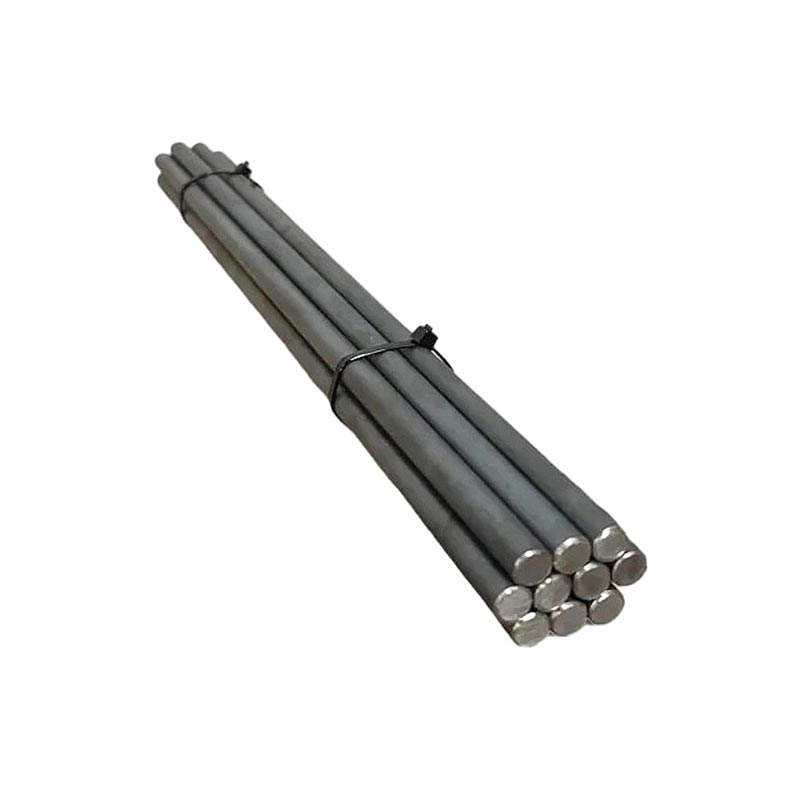Carbon Steel Bar
● A carbon steel bar is a solid, elongated rod made from carbon steel—an alloy of iron and carbon, with minimal other elements. Classified by carbon content (low, medium, high), it varies in strength and ductility.
● Low-carbon bars (e.g., A36) are ductile and weldable, used in construction or fasteners. Medium-carbon types balance strength and toughness, ideal for machinery parts. High-carbon variants are hard and wear-resistant, suited for tools or springs.
● Available in shapes like round, square, or hexagonal, they come in various lengths and diameters. Widely used in manufacturing, construction, and engineering, these bars serve as raw material for fabrication, structural support, or component production.
View Video
A36 Carbon Steel Bar
ASTM A213 covers seamless ferritic and austenitic alloy steel tubes, designed for high-temperature service in boilers, heat exchangers, and superheaters. Available in various grades (e.g., T11, T22, 304), they offer excellent creep resistance and oxidation resistance at elevated temperatures. With precise dimensions and uniform mechanical properties, these tubes efficiently handle high-pressure, high-heat conditions in power generation, petrochemical, and industrial processes, ensuring reliable performance in critical thermal systems.
Get A Quick Quote!
You Can Leave Us A Message
or Send Us An Email!
Product Details
Product Parameters
Packaging and Transportation
Related Products
Leave Us Message
Please give us a message
What are you lookking for?

